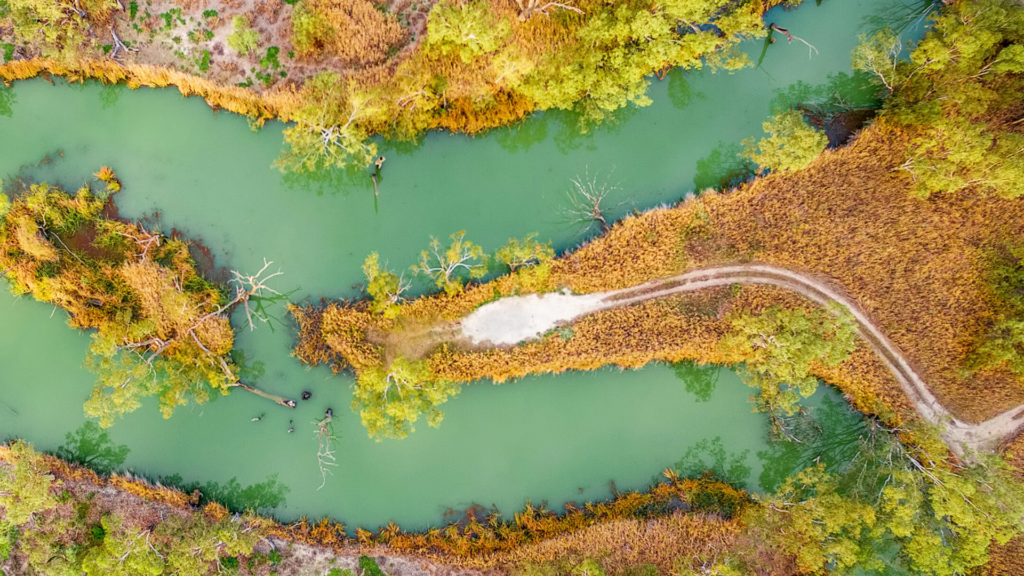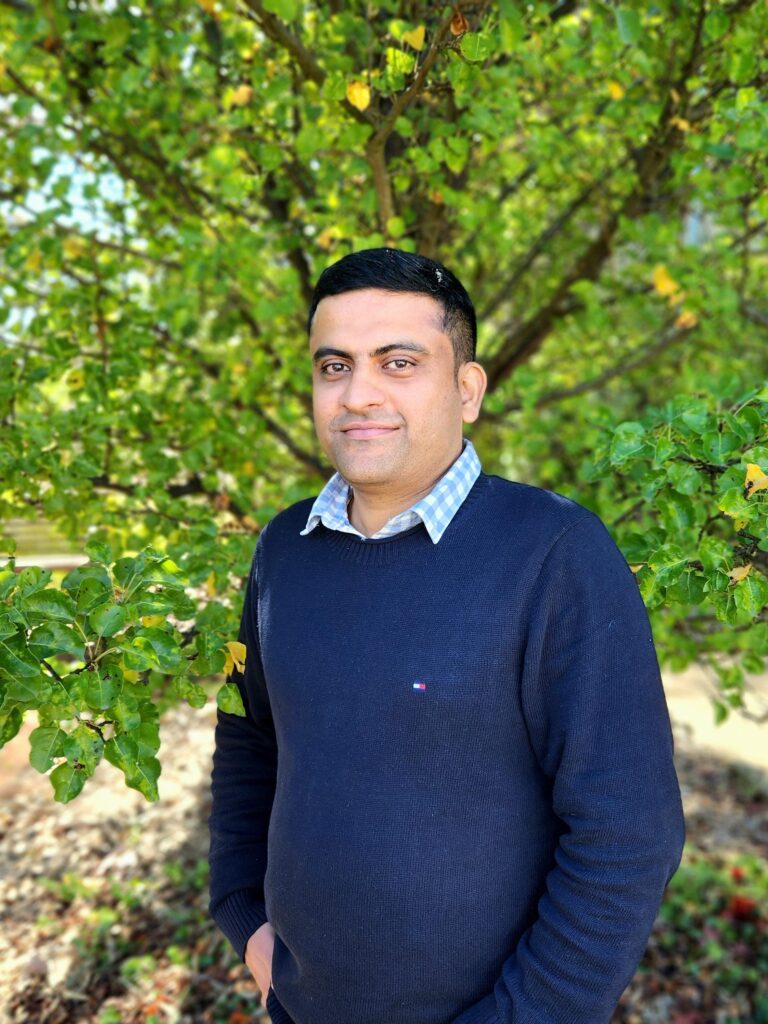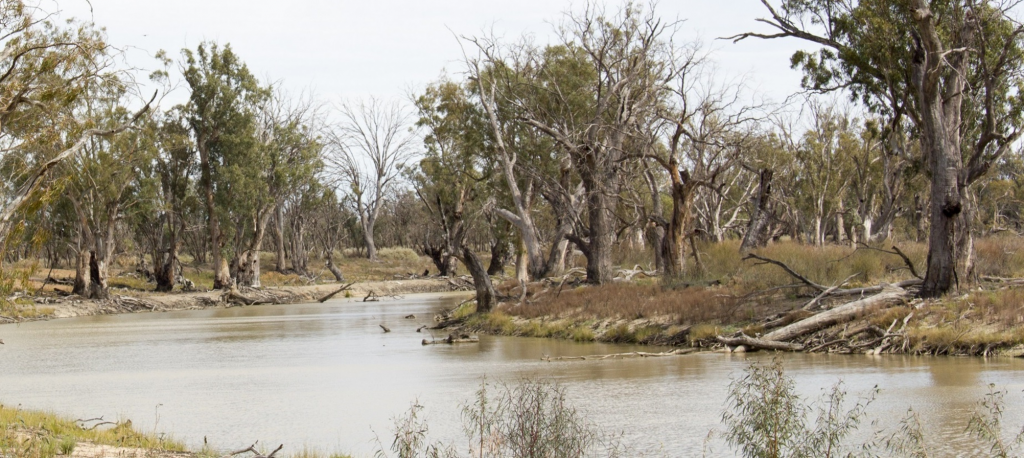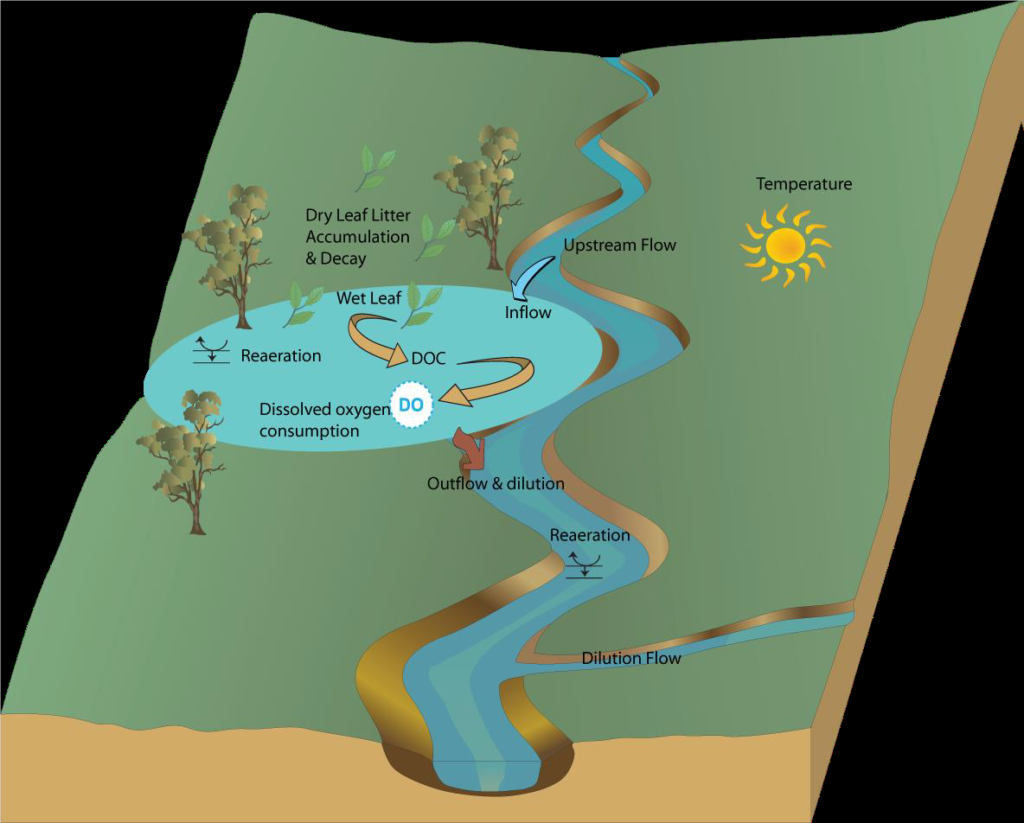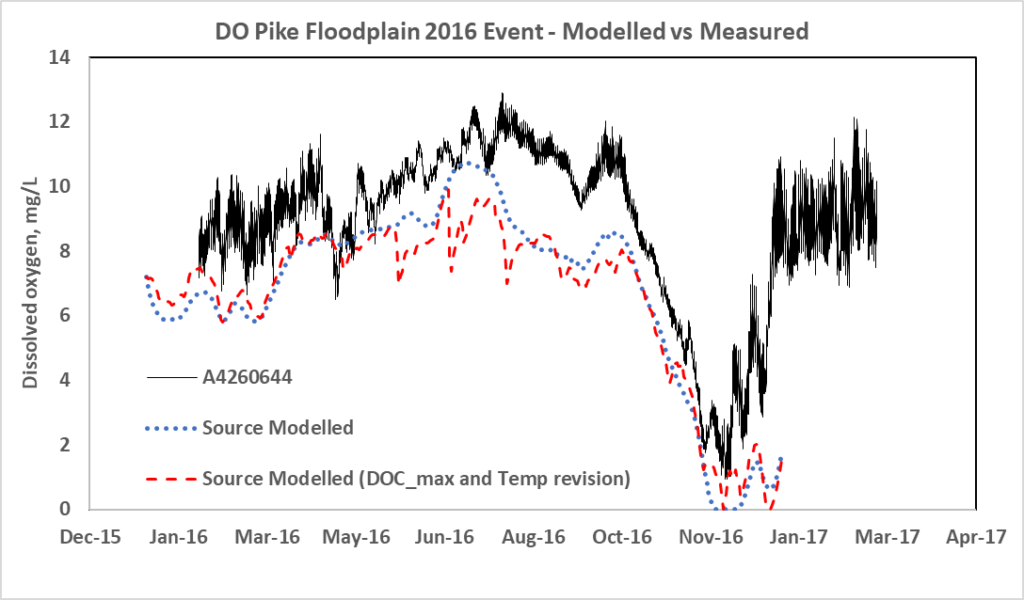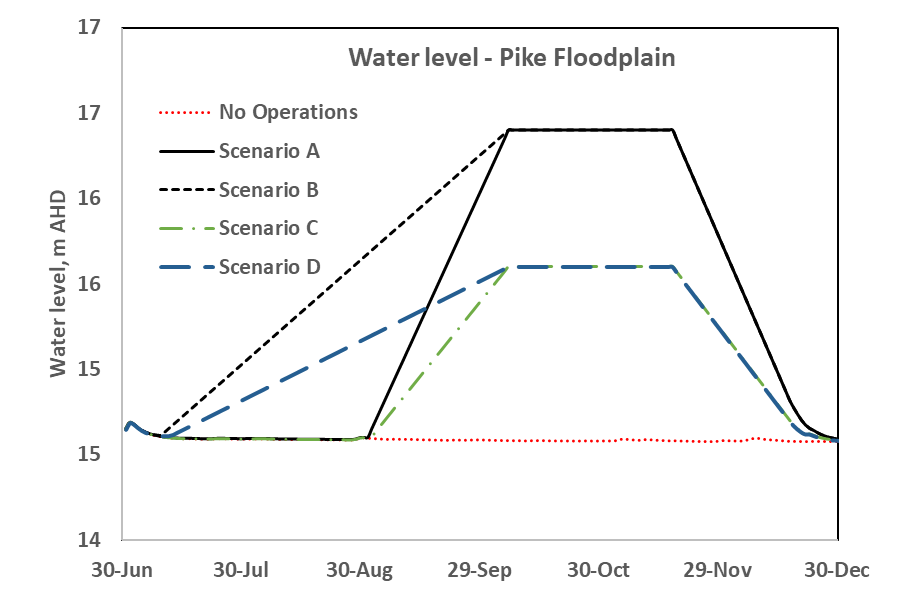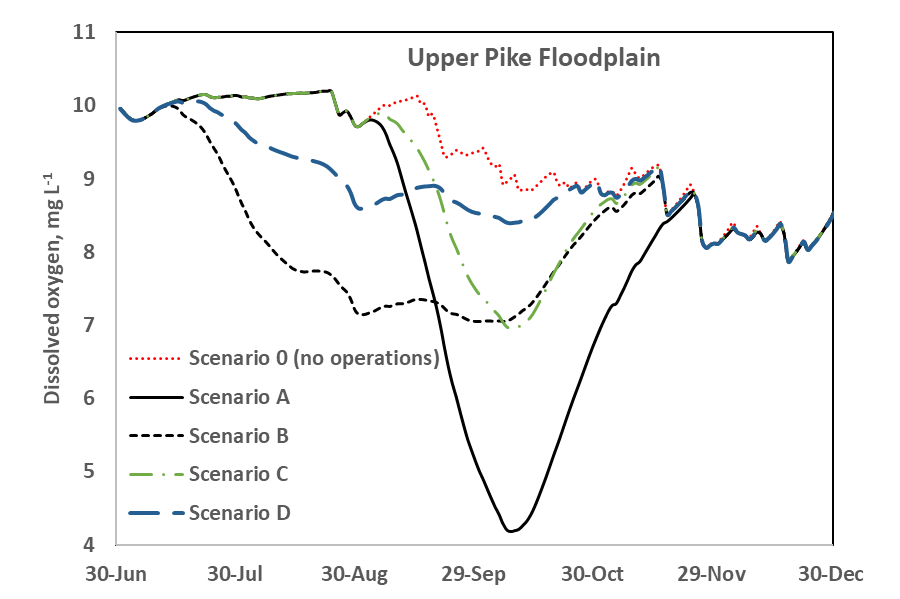From Our Chair: Australian Water Solutions
Australian Water Solutions and the role of eWater Group in Australia and internationally
Greg Claydon, Chair and Independent Director, eWater Limited Board, deep dives into the challenges ahead for the water industry next year and the role of eWater Group in Australia and internationally.

As we move into our twelfth year of operation as eWater Limited, this past year has provided an opportunity to refresh the strategic direction of the organisation, including strong custodianship of a modernised national hydrological modelling platform that is fit-for-purpose, now and into the future.
No other organisation can ensure the safe custody and prudent ongoing development of this critical national asset.
eWater Source, used appropriately, greatly assists those tasked with the sensible and sustainable management of Australian water resources to make high-quality, informed, confident, transparent, equitable and wise decisions.
This past year was also an opportunity for the Australian Water Partnership and Mekong Water Solutions to further strengthen our international efforts and our partnerships to build water security, resilience, equality and understanding in the face of climate change, population growth, demographic shifts, poverty reduction and other challenges.
Through these efforts and partnerships, we aim to support and further develop Australia’s world-class water management and modelling products, services, and capabilities.
We also aim to deliver operational excellence and capacity building as a trusted adviser to international governments, demonstrating and exhibiting strong capabilities in international development program management.
Most importantly, we finish 2023 in a stronger financial position than we started – this was no easy feat. It means we are going from strength to strength as we can continue our work in pursuit of better water management both in Australia and with our partners overseas and that is what eWater is all about.
This year, like many other water advocating organisations in Australia and around the world, we have seen some challenges, all of which we can address through strong cooperation, collaboration, and commitment.
For the wider water industry first, the all-encompassing challenge is how do we come to grips with our changing climate – preparing for and dealing with the increased variability, the bigger floods and the longer droughts, the higher temperatures and higher sea-levels, and less rainfall in many areas. That, combined with continued population growth and changing demographics, including expanding cities, puts tremendous pressure on water security for the environment, for industry and for communities. These all-impact people’s lives and livelihoods.
At the same time, there are imperatives to better manage available water supplies more efficiently and get the best outcomes from water for the environment, while recognising the importance of meeting cultural water provisions and the needs and aspirations of First Nations people in water management.
And concerns continue to grow about threats to water quality and the distressing impacts of poor water quality on people and the environment.

So, there is still a lot to do to have an efficient and sustainable water industry. It continues to be important to invest in science and knowledge, skills and capacity and decision-support tools, to exercise leadership and good governance and to support initiatives like a refreshed National Water Initiative and overseas aid programs that seek climate resilience, poverty reduction and equity of opportunity.
All the above actually present tremendous opportunities for eWater Group.
The challenge is to make those opportunities a continuing integral part of our business by way of partnerships, investments, commitments, and innovation.
That is why, for example, eWater Group is determined to modernise eWater Source as the National Hydrological Modelling Platform that is fit-for-purpose for 2030 and beyond. Not only is eWater Source a focus, but we are also looking to update the science underpinning the eWater MUSIC modelling platform, to further improve information and decisions about water sensitive urban design and improved water quality in urban settings.
That is also why eWater Group is keen to deliver phase 3 of the Australian Water Partnership, building on the tremendous achievements of the first two phases managed by eWater. And we also would like to continue our great work in the Mekong, including with the Mekong River Commission, which has been a valuable partnership over many years.
I think it is fair to say that we all desire greater certainty in these uncertain times. eWater Group can provide the strategies, the skills, and the tools to help with that.
